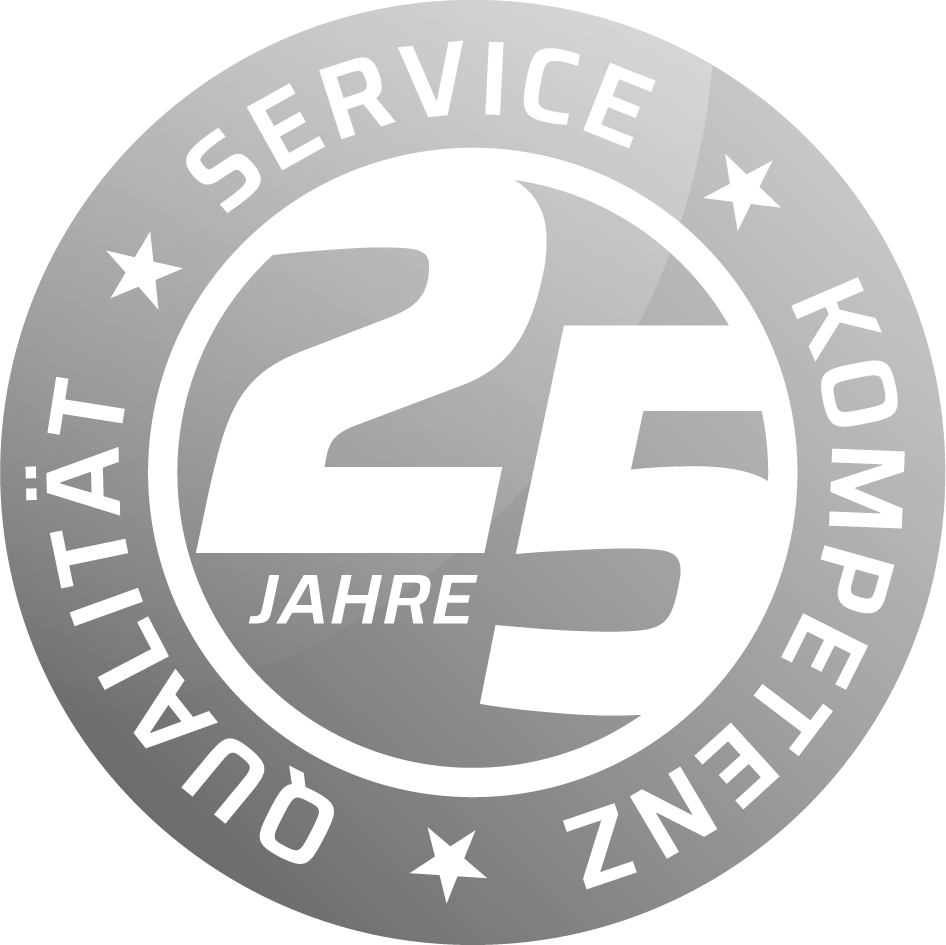Closure of varicose veins – laser-assisted treatment of venous insufficiencies
Endovenous laser therapy (EVLT) has become an established method of vein treatment in recent years. With our newly developed systems of diode lasers and state-of-the-art fiber technology, we provide the perfect tools to start or expand the use of this innovative treatment method.
Laser treatment of veins not only improves haemodynamics, it also reduces or eliminates congestion symptoms or trophic disorders, such as ulcers. The benefits for the patient speak for themselves: endovenous laser therapy can achieve much better cosmetic results than conventional procedures (vein stripping), has few side effects and enjoys very high acceptance among patients.
Treatment with innovative lasers, such as the linos:1940 or the dios:1470 from intros, can be performed on an outpatient basis and under local anaesthetic.
Endovenous Laser Therapy
Technology and mode of operation
Endovenous laser therapy uses ultrasound monitoring to insert a laser fiber, such as the intros Infinity Fiber, into the punctured vein, positioning it just before the end point of the vein (magna-crosse) and then injecting a tumescent solution. Then while retracting the fiber, laser energy is emitted and this homogeneous irradiation specifically closes the vessel wall. It remains permanently closed. The subcutaneous infiltration of the tumescent solution ensures patients do not feel any pain during the treatment. Overheating and local side effects are avoided.

Benefits
Products
FAQ
A compression bandage is applied for about 24 hours after the procedure. Wearing compression stockings for about two weeks afterwards is advisable in order to support the healing process.
It should be possible to go back to doing even strenuous sports in about one to two weeks after the treatment. You should wait about ten days before going on long trips.
Endovenous laser therapy is regarded as having few side effects. However, after the therapy there may be some hardening along the treated truncal vein and some short-term discolouration may occur. Also, slight pain may occur as the varicose vein breaks down. These symptoms normally disappear after a short time.
In the early 2000s, endovenous laser therapy (abbreviated: EVLT) created entirely new possibilities in the treatment of venous disorders as an alternative method to surgical stripping. Endovenous laser therapy offers considerable advantages over other procedures. Neither general anaesthetic nor hospitalisation are required because the procedure can be performed on an outpatient basis under local anaesthetic. Postoperative pain and local side effects are significantly reduced.
As a rule, only one session is necessary to laser the problematic varicose veins. Once treatment is completed, venous compression is applied and the patient can go back to their normal daily routine immediately after the procedure.





